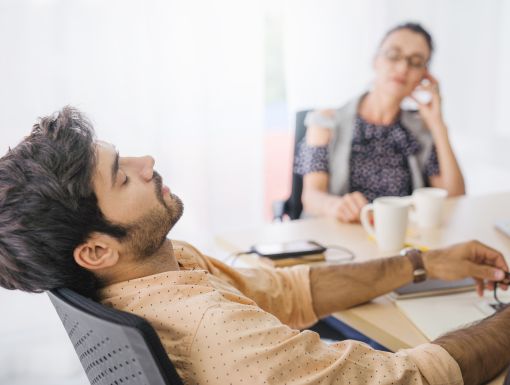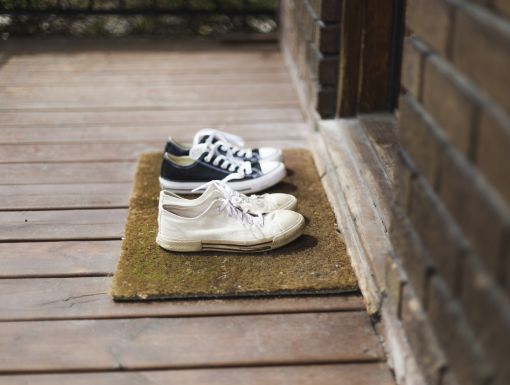
Spring Clean Your Medicine Cabinet
In many homes, the annual rites of spring include moving the clocks ahead for Daylight Saving Time, swapping out heavy winter wear for lighter clothing, and spring cleaning. As colder temperatures give way to warmer weather and longer days, families often catch up on the organizational projects they’ve put off during the first half of the year.
Whether it’s giving your house a deep clean, organizing your finances, or finally tidying up the kitchen pantry and cupboards, the spring is a season of renewal and reorganization. But while you’re elbow-deep in cleaning your house, garage, and storage areas this year, consider adding one commonly overlooked area to your list: the medicine cabinet. It’s easy to accumulate bottles of unused or expired prescription drugs, which need to be disposed of carefully.
It’s also an excellent time to itemize which over-the-counter medications you need to restock. Depending on your family, medicines to keep supplied include antihistamines to combat spring allergies as well as mild pain relievers like acetaminophen (Tylenol), bismuth salicylate (Pepto Bismol), and ibuprofen (Advil and Motrin).
Why proper disposal?
Medications can harm those who have not been prescribed, including children and animals. Disposing of old medications reduces the risk of unintentional use, overdose, and illegal abuse. Proper disposal also cancels out the environmental hazards of washing these medications down the drain. A wide range of prescription drugs have been detected in lakes, streams, rivers and drinking water supplies due to people irresponsibly flushing them down the toilet.
How do I throw away unused or expired medicine?
The best way to get rid of unused or expired medications is to take them to a medication drop-off location. Call your pharmacy or City Hall to ask where the closest drop-off location is. You can also use this Controlled Substance Public Disposal Locations listing database to find a safe place to dispose of your unused medications.
If there isn’t a convenient drop-off location, follow the disposal instructions on the patient information that comes with your medicine. If you don’t have this, follow these tips and then throw the medication in the trash:
- Take medicine out of its original container. To protect your privacy, scratch off any personal information on the label.
- Mix the medicine with something that masks the drug or makes it unappealing, like kitty litter or used coffee grounds.
- Put the mixture in a container or plastic bag and place it in your trash.
What about flushing?
Only a select few medications should be flushed down the sink or toilet. The FDA has created a flush list of old, unwanted, expired or unused medicines to immediately flush only when take-back options are not readily available. For a complete list of these drugs, visit the FDA website.
Talk to your pharmacist if you have other questions about how to properly dispose of your medicine. They may also be able to tell you about any drug “take-back” programs in your area. You can also check with your state health department for additional information.
Health Management Tools and 24/7 Direct Access to a Personal Physician. Learn more about Concierge Health and meet our team.



